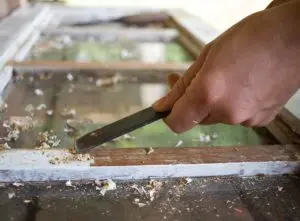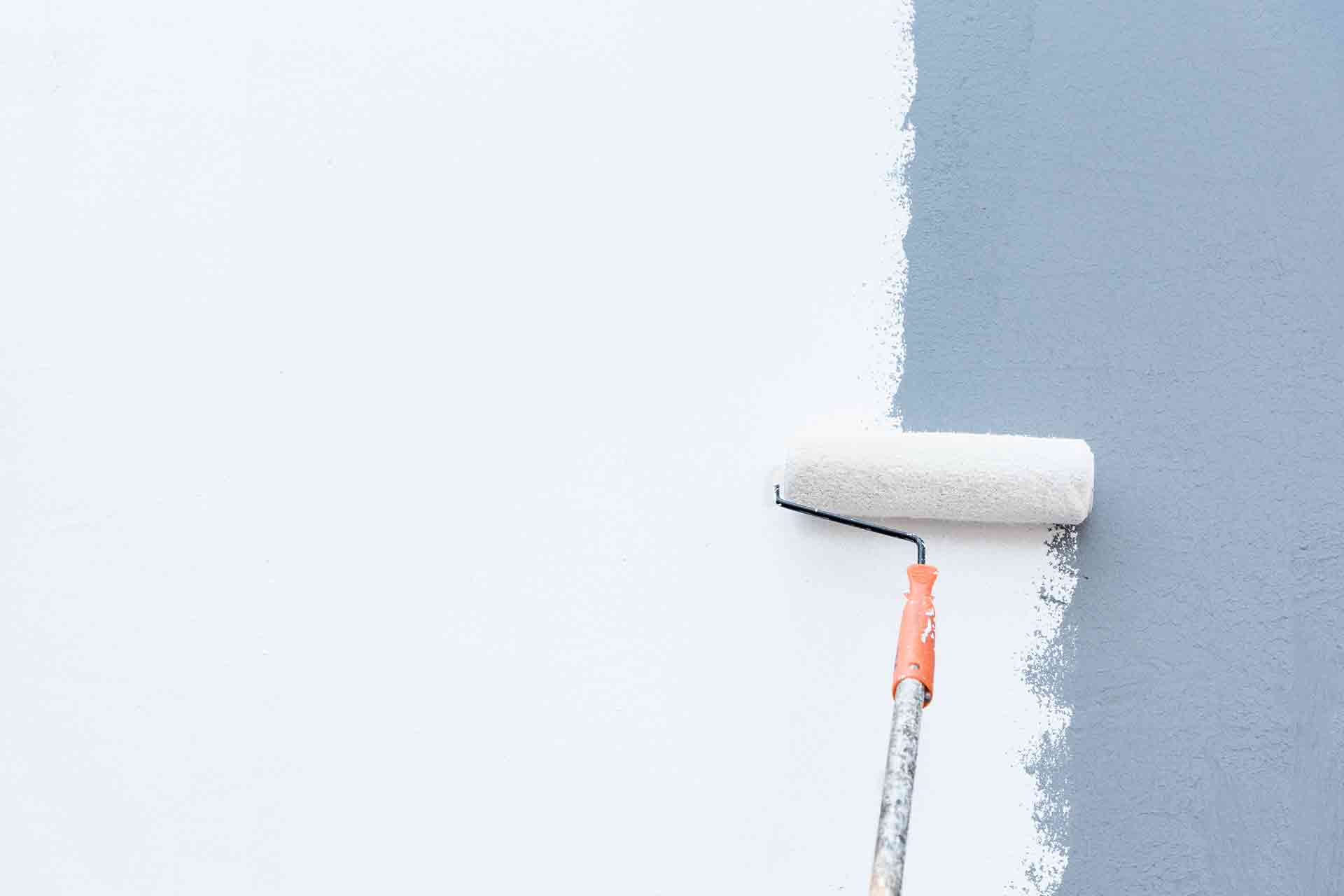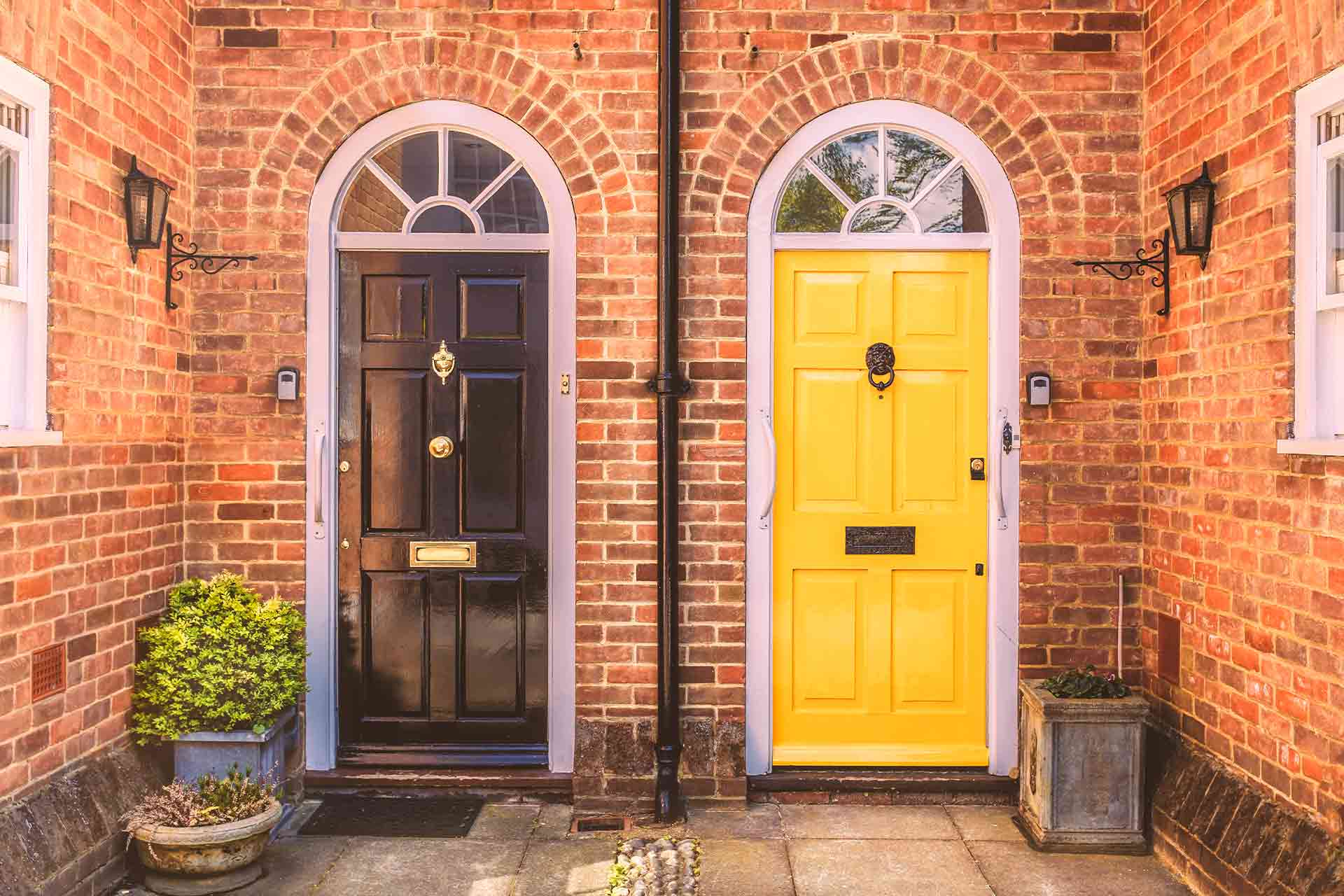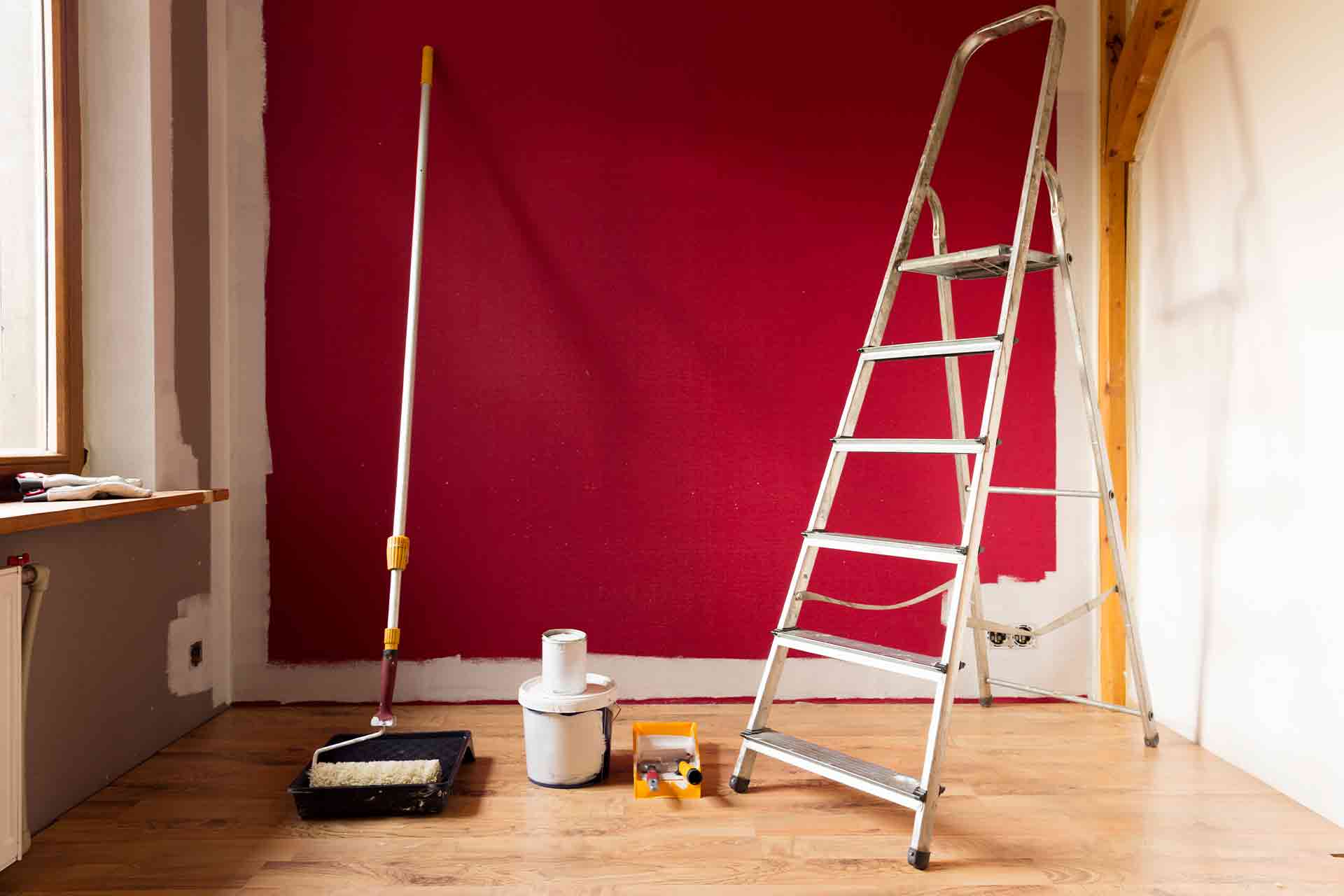Blog>How-To Guides>How to remove paint from wood
Last updated: 18 November 2021
How to remove paint from wood
Follow these easy steps below to learn how to strip paint from wood effectively – with hardly any hassle and without damaging the wood during the process. That said, paint stripping can be tricky, and having a professional in to do it ensures the job’s done efficiently and correctly. It’ll also save you a lot of time!

The easiest way to give a worn wooden surface a makeover is a fresh lick of paint. Ultimately, however, all new paint will turn into old paint. Whether it blisters and cracks or simply forms bumps and pigment, it needs to be removed.
Paint removal can be a difficult job for DIYers, as it is a skilled task. But, if you'd like to give it a go, follow the steps below to learn how to strip paint from wood without damaging it.
For the best results, we always recommend hiring a professional.
What's the best way to remove paint from wood?
You can remove paint from wood using the following techniques:
Chemical stripping
Sanding
Heating
The above methods are also used to remove graffiti from fences, buildings, and other objects. You can read our cost to remove graffiti guide to find out more information.
Tools you'll need for the job:
A brush
A mask
Sandpaper
Natural paint stripper or chemical paint stripper
Microfibre cloths
Handheld scrapers or paint strippers
Handheld sanding device
Heat-resistant gloves
Step 1: Ensure the wood underneath needs uncovering
Check the wood underneath is something you can work with following the paint removal, especially if you want to remove old paint from cupboards, furniture, and flooring.
This applies particularly if you plan to use a clear coat or stain finish on the wood.
You can scrape the bottom layer to see whether or not the wood was varnished originally and will look good once revealed.

Step 2: Check the paint doesn’t contain lead
The wood may contain lead paint if it was painted before the 1970s. You can reach out to a professional painter who can carry out a chemical lead test.
Step 3: Decide if you need to get in touch with an expert
While DIY projects are great, several paint types may need the help of a professional painter who’ll have specialist skills and tools for the job. Using your local painting expert will make the process a lot speedier, not to mention safer.
Step 4: Buy the correct protective kit and tools
Purchasing the correct tools to get the job done is paramount. First things first, choose your chemical paint stripper. Then, to apply the paint stripper, you’ll need tools such as paintbrushes, cloths to clean up, and finally, scrapers or sandpaper to remove paint.
Lastly, buy protective equipment like safety glasses, gloves, and masks.
Step 5: Apply the chemical paint stripper as per the instructions
The majority of paint strippers only need to be left on for a couple of minutes. To remove paint from a vertical surface like a door, you’ll need a chemical paint stripper that’s available in a paste or gel form to save any damage or droplets leaking down the surface or onto the floor.
Step 6: Remove paint using a paint scraper or putty knife
Read the directions thoroughly and use only a little pressure so that you don’t harm the wood. There’s a possibility you’ll need to re-treat several areas using a chemical paint stripper if it didn’t do the trick the first time around, particularly in hard-to-reach regions.
Step 7: Scrub away any leftover paint
Finally, scrape away all the remaining paint and paint stripper using an abrasive pad or brush, then wipe the surface clean with a cloth.
See the tradespeople we've checked and recommend for your job
What’s the best way to remove gloss paint from wood?
The best way to remove gloss paint from wood is using a paint stripper. After leaving it on for around an hour, it will bubble the gloss paint, making it a breeze to scrape and sand.
How to remove gloss paint from wood
Once the gloss blister starts to peel away, start scraping.
Carefully scrape away the loose gloss and any blisters.
Apply another layer of paint stripper until you achieve the effect you want.
As soon as you’ve removed the gloss paint, use fine sandpaper to sand the wood down. You can use a sanding machine or woodblock to do this too.

How to remove paint from wood furniture
Apply denatured alcohol, varnish, paint remover, or lacquer thinner to a small section of the furniture
Leave to work for about 20 minutes
Clean away using a rough cloth
Use your chosen product to remove all of the paint if it comes off easily
How to remove emulsion paint from wood
Use a knife or scraper to remove as much paint from the wood as possible
Mix together one-quarter lemon juice and three quarters of rubbing alcohol in a small container
Tip the lemon juice and alcohol solution onto a soft cloth
Use a toothbrush or non-abrasive nylon brush to scrub the paint away
Use a soft cloth to dry the area
How to remove paint from wood without sanding
You can use:
A heat gun
A knife or paint scraper
Denatured alcohol or mineral spirits
A soft cloth
How to remove paint splatters from wood
If the paint splatters are fairly wet, you should be able to brush out the splatter. A couple of brush strokes should do the trick. If this doesn’t work and the paint feels sticky, stop brushing. This is because the paint’s already dried - any more brushing will cause larger issues.
If the paint splatter has already dried, gently scrape down the splatter using a razor blade or scraper. Then sand down the rest of the drip using 220-grit sandpaper.
How to remove paint from wood without chemicals
Sanding: Sanding requires minimal tools. You can use a sanding tool or heavy-grit sandpaper to remove paint. We advise doing the sanding outside and wearing a mask to filter any dust particles.
Citrus-based paint removers or soy gel: Just like chemical paint strippers – yet with zero chemicals – these paint removers are eco-friendly and non-irritating. Make sure you check the instructions thoroughly before use.
Pressure washer: Ideal for removing paint from extensive projects like fences and decks, pressure washers get rid of paint from the outside of your property. Make sure you prepare the area appropriately to safeguard it against any water leaking into your home. And set the pressure washer to a minimum of 2,500 psi.
Heat guns: These clever devices enable you to scrape paint off**,** as they create paint bubbles. That said, they can harm wood – or worse still, trigger a fire. Heat guns are best used for large surfaces – they’re simple to use, too. But bear in mind, they come with risks and you’ll need to practice using one beforehand. And be sure to throw on some heat-resistant gloves, wear long sleeves, and have a fire extinguisher on hand close by.
Strippers or scrapers: If you need paint removed from a small project or hard-to-reach area, paint strippers, and handheld scrapers work brilliantly.
Vinegar: To make the paint easier to remove, you can soften it with vinegar. It's natural and so takes a bit more time to get rid of paint, but it’s less toxic than chemical paint strippers.
How to remove acrylic paint from wood
The following liquids work well to remove acrylic paint:
Denatured alcohol
Rubbing alcohol
Lacquer thinning
Hot, soapy water is the only way to remove acrylic paint from varnished wood, though.
How to remove chalk paint from wood
To remove chalk paint from wood, use an all-purpose cleaner and hot water.
How to remove water-based paint from wood
Not a lot beats good old water and soap to get rid of water-based paint from wooden surfaces. Simply mix your warm water with mild soap and start scrubbing away the paint using a dampened cloth. You’ll notice the paint begins loosening, enabling you to wipe it away.
While we’ve tried our best to teach you our tricks, there are several risks worth thinking about. As we’ve mentioned, paint removal can be dangerous, depending on which remover you select.
With many paint layers to get rid of, chemicals may be your best bet. As such, a few of these stripping chemicals can destroy your walls if used incorrectly. A professional paint stripper, on the other hand, can tell you which type of remover is best, the process, the right amount to use, and the safety measures.
See the tradespeople we've checked and recommend for your job
FAQs
How do I remove paint from a wood floor?
Unsure of how to remove paint from a wood floor? No sweat.
Here’s how:
Using a putty knife, scrape off as much paint as possible
Take a cloth, dip it into a solution of three parts rubbing alcohol and one part lemon juice
Coat the paint in the mixture and leave it to stand for roughly five minutes
Use a cloth to scrub off the paint
How do I remove old paint from wood?
If you’re wondering how to remove old paint from wood surfaces, you can simply use white spirit. Alternatively, you can use chemical paint strippers, heat guns, sanding, eco-friendly paint strippers, or vinegar.
What grit sandpaper should I use to remove paint from wood?
Ideally, you’ll want to use abrasive 80-grit sandpaper to remove paint from wood. You could then move on to a medium 150-grit coarse then finish with a fine 220-grit, sweeping away dust from the surface whenever you replace paper.
More How-To Guides
More Painter / Decorator Articles
See the tradespeople we've checked and recommend for your job





